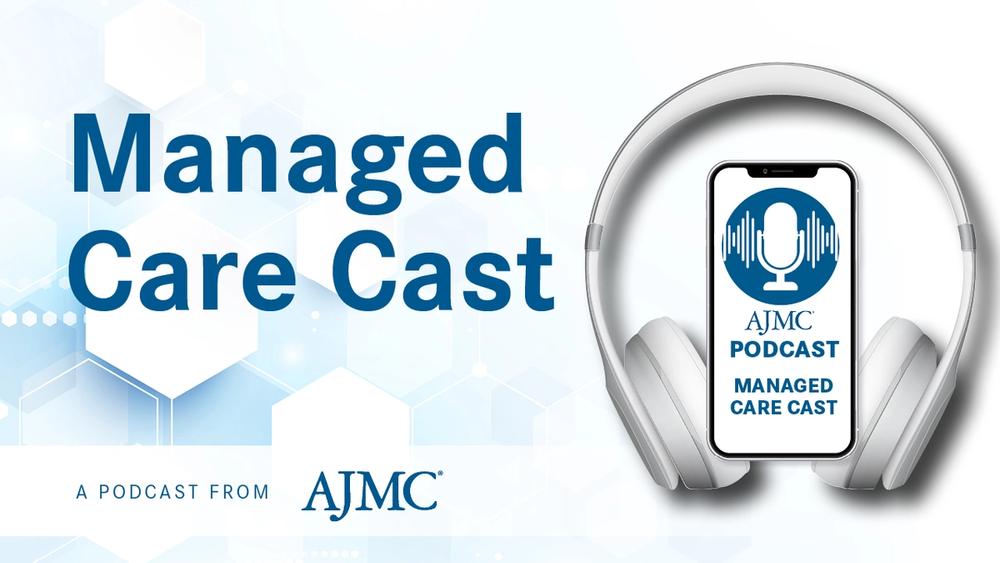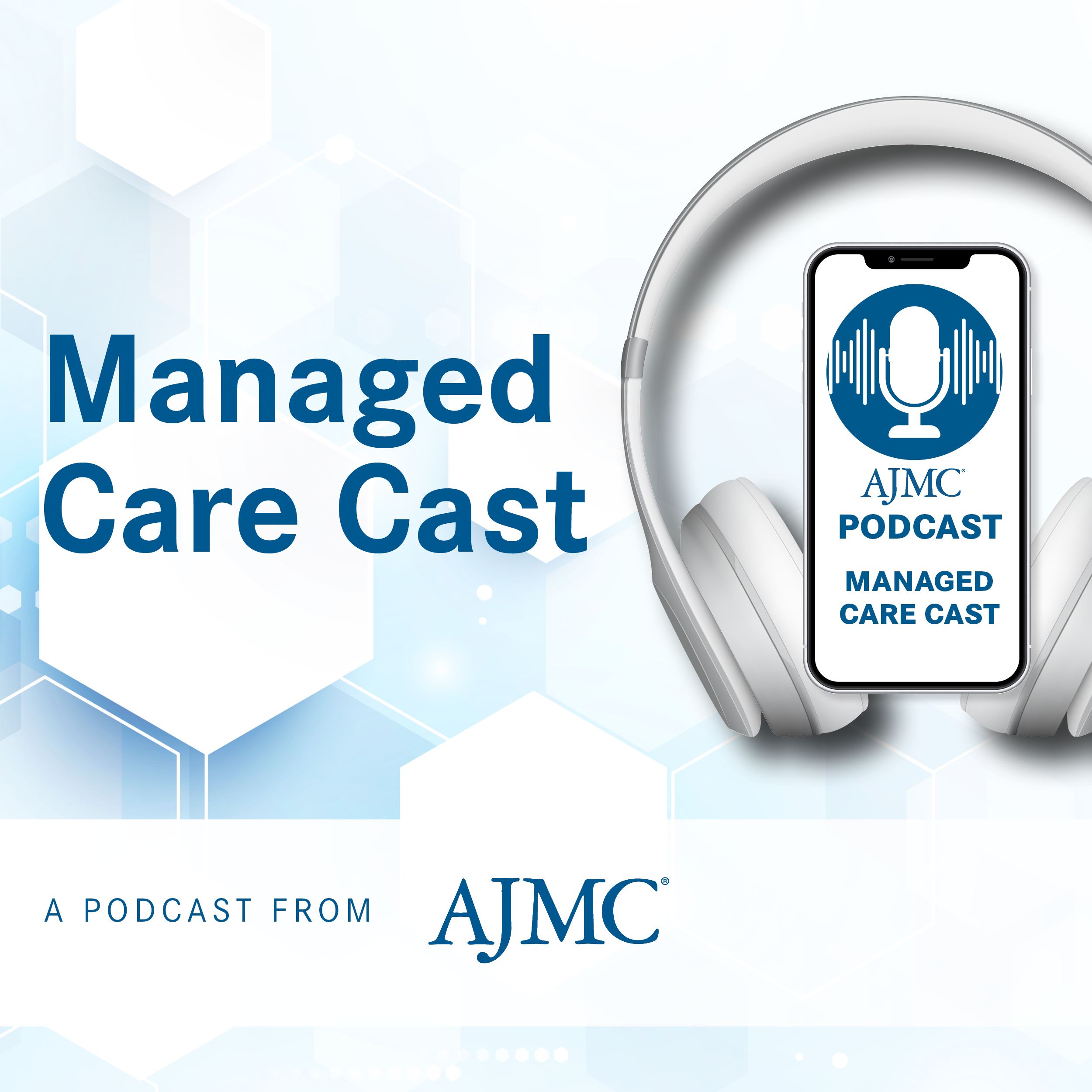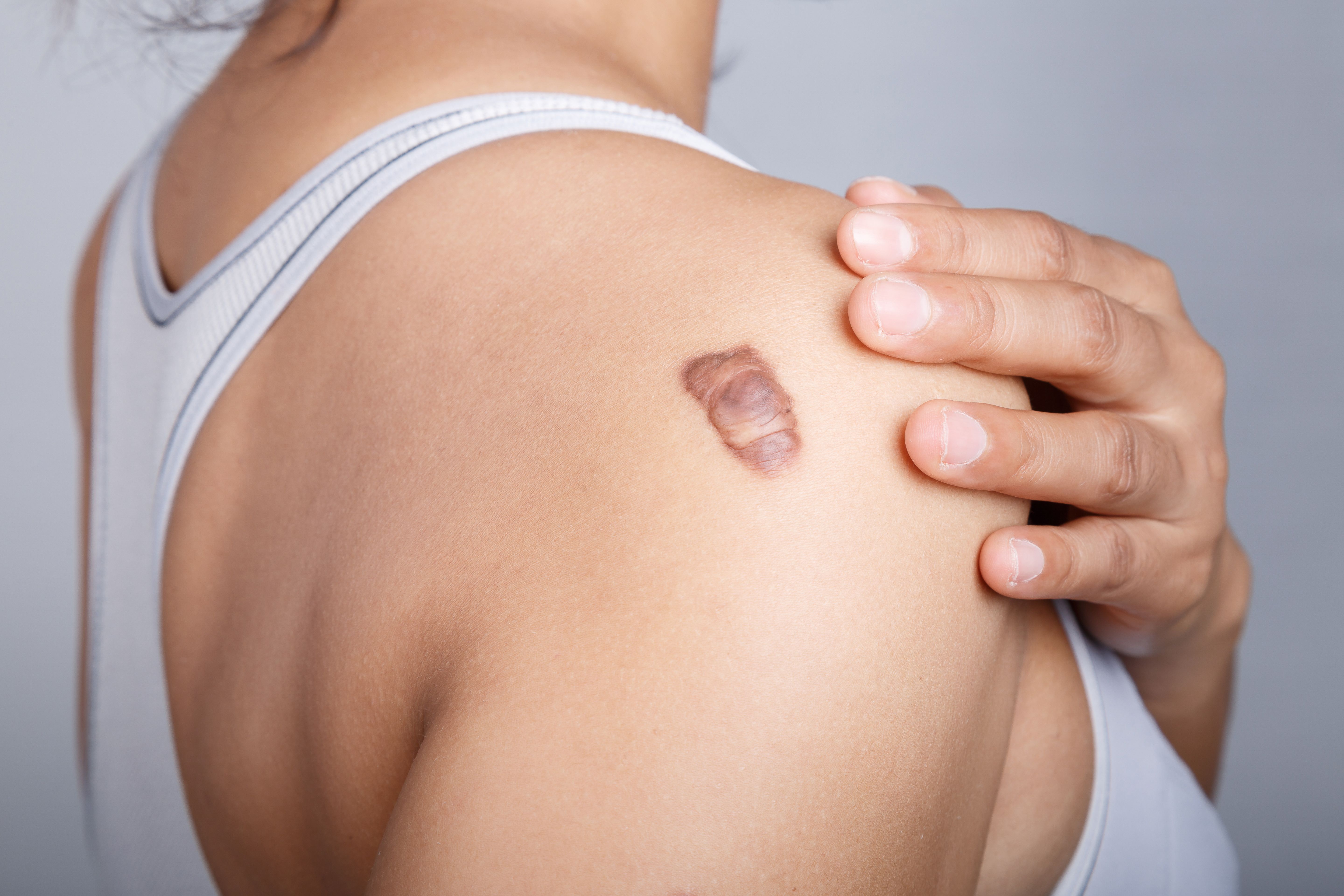Article
Active Surveillance Economical Over Immediate Treatment for Low-Risk Prostate Cancer
Researchers in Canada have developed a model to simulate the cost of active surveillance versus immediate treatment among low-risk prostate cancer patients.
Active surveillance for low-risk prostate cancer in Canada could save nearly $100 million annually without worsening quality-adjusted life expectancy (QALE), according to results of a simulation comparing active surveillance with immediate treatment.
Many prostate cancers, especially those in the low-risk category, are indolent and may not require immediate treatment. At least one study has showed that QALE is greater for active surveillance than for brachytherapy, intensity-modulated radiotherapy, or radical prostatectomy.
Still, despite published guideline recommendations, as many as 90% of men with prostate cancer receive immediate treatment. Such overtreatment can be a tremendous financial burden to healthcare systems.
To see how costly it might be, Dr. Alice Dragomir and colleagues from McGill University in Montreal developed a Markov model with Monte Carlo microsimulations to estimate the direct cost associated with active surveillance and immediate treatment for low-risk prostate in Canada.
Then, they compared Canadian and US cost estimates, and published their findings online April 24th in CMAJ Open.
Source: Medscape





